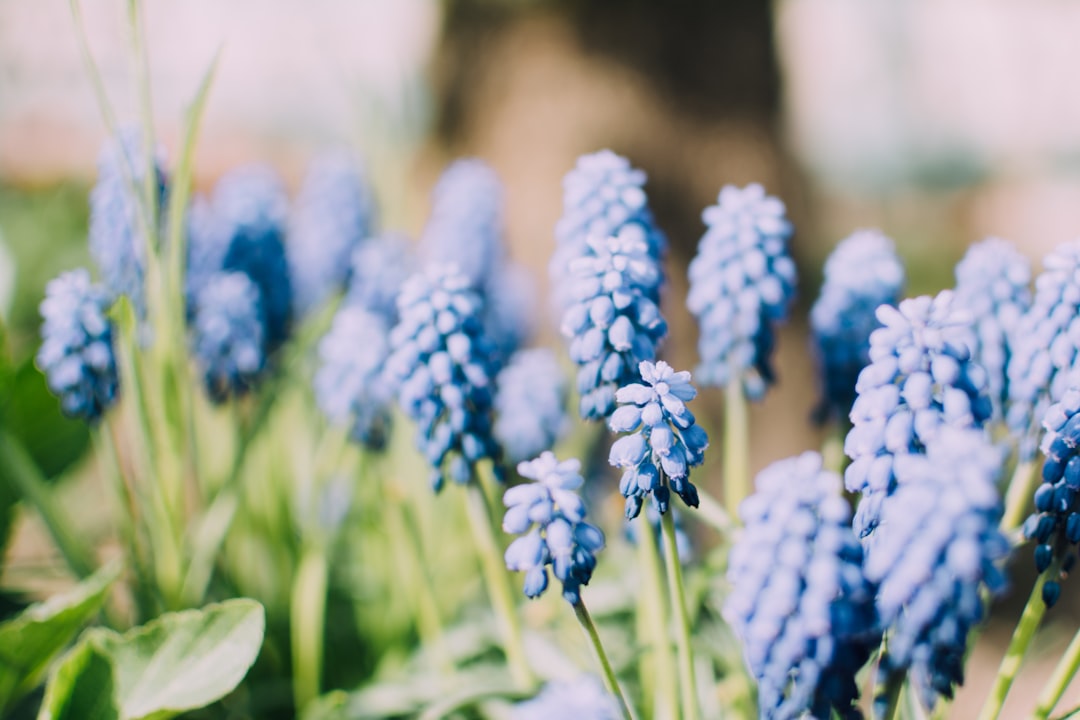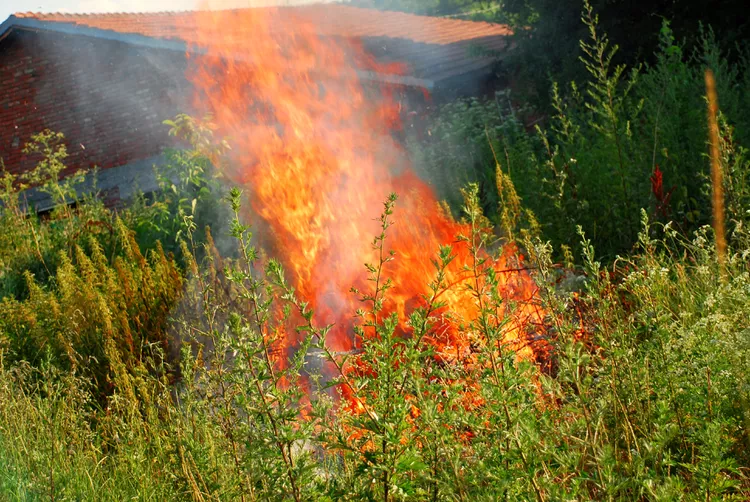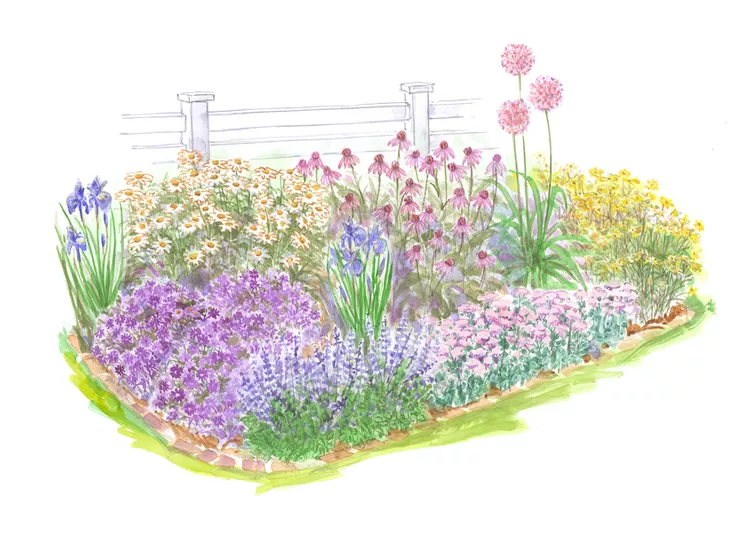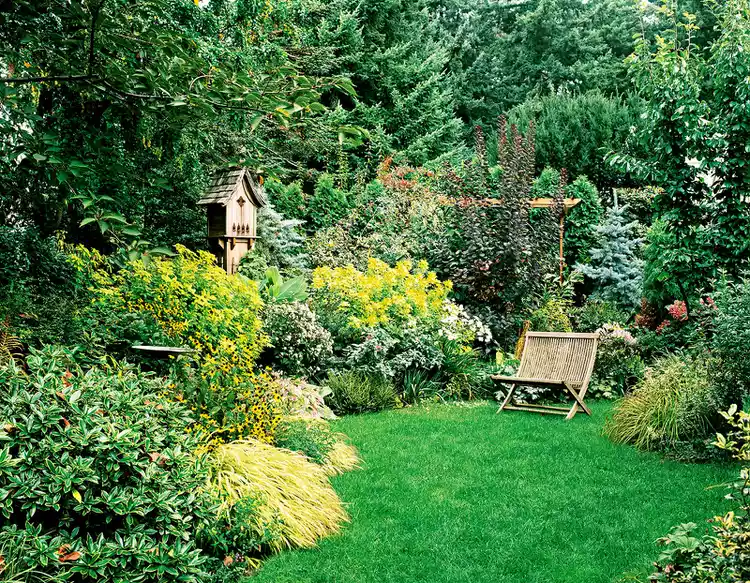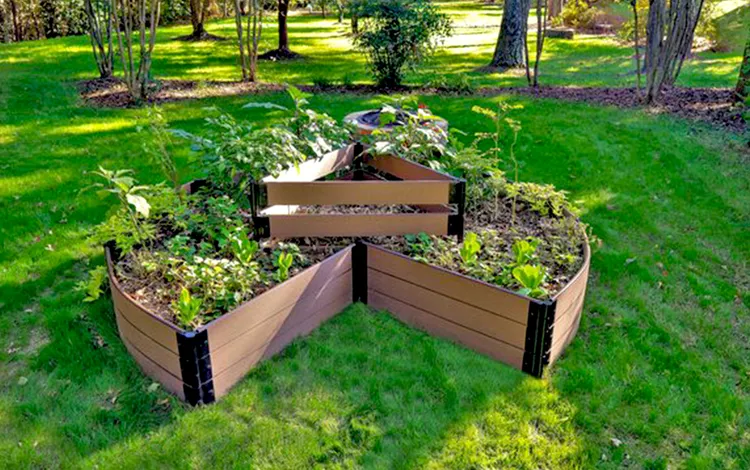Maintaining a beautiful and healthy lawn is a dream for many homeowners. A well - cared - for yard not only enhances the aesthetic appeal of your property but also provides a pleasant outdoor space for relaxation and activities. One of the key steps in achieving this is to give your lawn a nutrient boost before the freezing weather sets in.
As the seasons change and winter approaches, your lawn goes through a period of dormancy. During this time, it becomes more vulnerable to the harsh conditions of cold temperatures, snow, and ice. By providing the right nutrients before the cold weather arrives, you can help your lawn better withstand these challenges and emerge stronger in the spring.
First, let's talk about the importance of soil testing. Before applying any fertilizers or nutrients, it's crucial to understand the current state of your soil. A soil test can reveal the pH level, nutrient content, and other important factors. This information will guide you in choosing the appropriate fertilizers and amendments. For example, if your soil is too acidic, you may need to add lime to raise the pH level. On the other hand, if it lacks certain nutrients like nitrogen, phosphorus, or potassium, you can select a fertilizer that is rich in those elements.
When it comes to fertilizers, there are different types available in the market. Slow - release fertilizers are a great option for fall lawn care. They release nutrients gradually over time, providing a steady supply of nourishment to the grass roots. This helps the lawn build a strong root system, which is essential for its overall health and resilience. Organic fertilizers are also a popular choice as they are environmentally friendly and can improve the soil structure in the long run.
In addition to fertilizers, aeration is another important aspect of fall lawn care. Over time, the soil in your lawn can become compacted, which restricts the flow of air, water, and nutrients to the grass roots. Aerating your lawn involves creating small holes in the soil to alleviate compaction. This allows the roots to breathe and absorb nutrients more effectively. You can use a manual or mechanical aerator, depending on the size of your lawn.
Another factor to consider is overseeding. As the grass in your lawn ages, it may become thin and patchy. Overseeding involves spreading new grass seeds over the existing lawn. This helps to fill in the bare spots and thicken the grass. Choose a grass seed variety that is suitable for your climate and soil conditions. After overseeding, make sure to keep the soil moist until the new seeds germinate.
Proper watering is also essential during the fall. While the grass doesn't need as much water as it does in the summer, it still requires adequate moisture to stay healthy. Water your lawn deeply but infrequently to encourage deep root growth. Avoid watering in the evening, as this can lead to the development of fungal diseases.
Finally, don't forget about lawn maintenance tasks such as mowing and leaf removal. Keep your lawn at an appropriate height by mowing it regularly. However, as the weather gets colder, gradually lower the mowing height to prevent the grass from matting down under the snow. Also, remove fallen leaves from your lawn promptly. Leaves can block sunlight and air from reaching the grass, which can cause it to suffocate and die.
In conclusion, caring for your yard and cultivating a happy, healthy lawn all year long requires a combination of proper nutrient management, aeration, overseeding, watering, and maintenance. By taking these steps before the freezing weather occurs, you can ensure that your lawn remains vibrant and resilient throughout the seasons.






